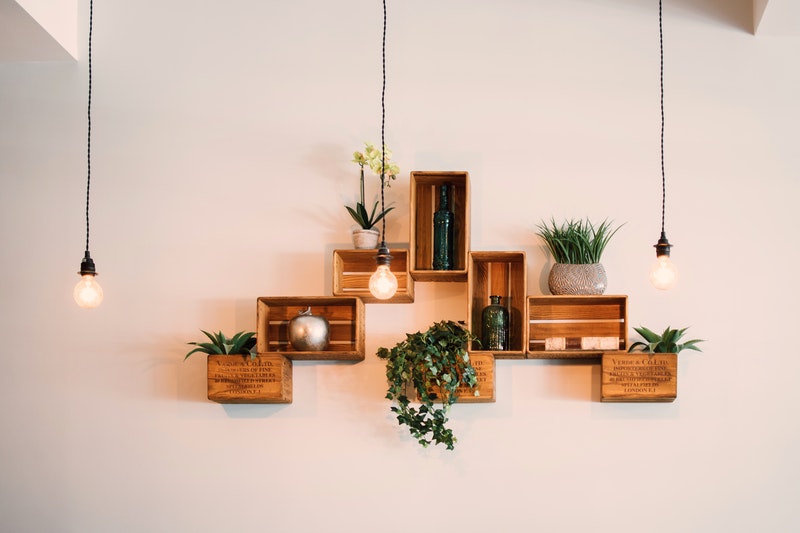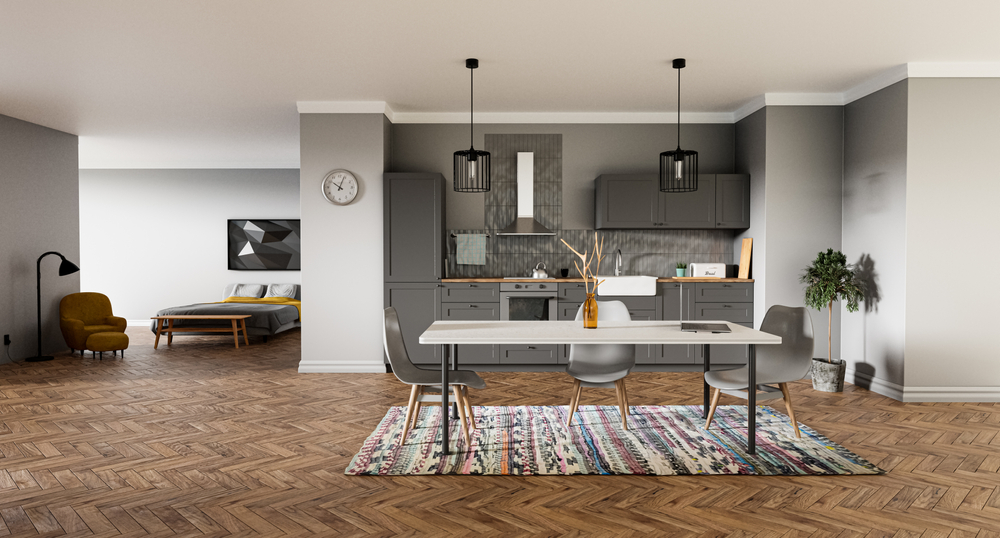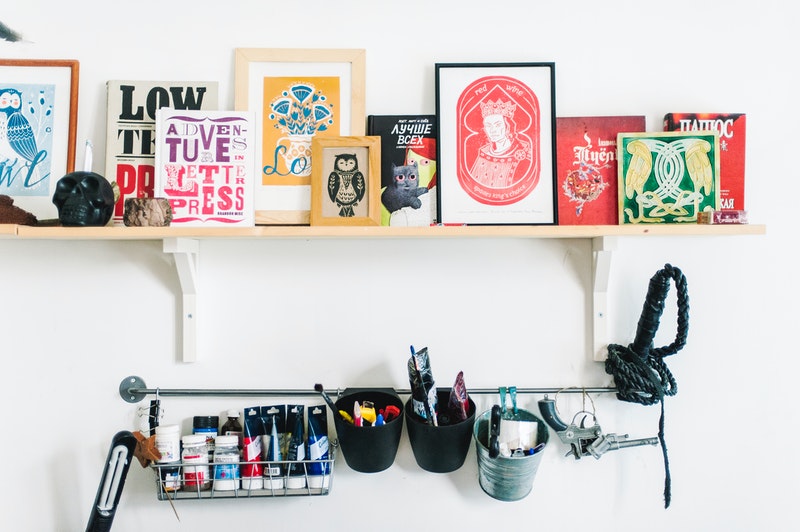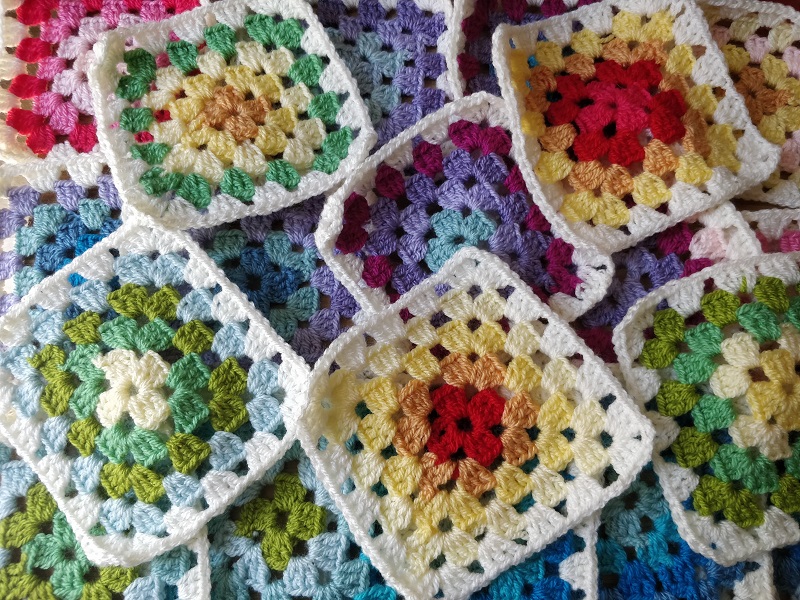How To Mix and Match Different Flooring Types with Style

If you like a particular floor type and want to install it throughout your entire home – perhaps you have been inspired to do a spot of renovation by Vickys Cottage from Instagram – then so be it. Modern designs and adaptable layouts are the reasons why vinyl flooring should be your number one choice. Vinyl flooring is an affordable alternative to hardwood and stone flooring. Perhaps you want to mix things up and try different styles of flooring.
That’s fine too. Mixing and matching offer exciting décor possibilities. It keeps things interesting. More often than not, combining different floors is a necessity. You can keep the costs down if you decide to change the flooring in only a portion of the house (e.g., the bathroom, kitchen).
If you can afford a layering project that uses different materials and shapes, all the better. A lot of decisions go into creating a beautiful home. We’ll help you get ready for the challenges ahead by running you through several suggestions.
Select Coordinating Colour Shades
You can start by choosing a colour scheme. Follow the classic 60-30-10 rule. 60% of the room should be a dominant colour, 30% should be a secondary colour, and 10% should be an accent. You’ll have an exquisite colour palette that ensures the overall theme of the place. Most of the home’s colour, 60%, includes walls, large furniture pieces, and an area rug.
The secondary colour, 30%, is represented by small things, like bedding, drapes, and so on. Last but not least, the remaining 10% is made up of wall art, throw pillows, candles, etc.
Consider the floor as part of your colour scheme. The floor colour will create a cohesive look with the décor scheme. High-contrast colours, such as cream and dark brown, create an elegant setting. When paired with a light interior, they make a room appear larger and brighter.
Grey flooring is the ultimate neutral. It creates continuity without being too uniform. Grey doesn’t show off the dirt, not to mention that it’s pale enough to reflect light. If you’re mixing flooring throughout the house, make sure the undertones match. Everything should blend nicely. Create an interior that satisfies the eye and fulfils its practical role.
Don’t Match. Compliment
Complementary floors make connected rooms look cohesive. Don’t transition from one type of wood floor to another type of wood floor. Combining two materials creates a custom look that attracts and impresses. Hardwood flooring can be matched with laminate flooring. You’ll want to choose pieces that stand the test of time.
When choosing flooring for your home, don’t limit yourself to a handful of options. It’s easy to get carried away when mixing and matching, so keep an eye on the bigger picture. It’s easy to transition flooring from room to room. However, open floor plans can make things difficult.
The Thickness of The Flooring Type Really Matters
Industry design experts agree that it’s necessary to pay attention to thickness when mixing and matching flooring types. Flooring products will state plank thickness on the package by measuring the entire thickness, from the bottom surface to the top of the plank. You can install different thicknesses of flooring as long as you adjust for the height difference.
If you’re not sure that two different types of flooring will combine, test the fit. Bamboo flooring, for instance, isn’t a good match for solid wood planks. You shouldn’t have trouble combining different types of engineered boards with each other.
It’s recommended to plan the layout on a graph paper. This will help you get a better picture of where the planks will go. You’ll know exactly where the planks of lesser thickness should be placed. Use a code system to indicate the different thicknesses of the planks. You can use a level to make sure your planks of different thicknesses are completely normal level. It’s good to keep in mind the thickness of various materials because layering may be difficult.
Break Up Spaces with Texture
It can be difficult to create different areas that aren’t disrupted by the flow of traffic. You can break up the space, both visually and physically, with rugs. A rug is fantastic for cosy or cool spaces, such as living rooms. As you can imagine, it doesn’t work well in a space like the kitchen. It harbours stains and germs from spillages, not to mention that it’s a tripping hazard.
A rug is beneficial in a room that functions as an office or a kid’s room. The size of the rug is the most crucial factor to take into account. It should suit the furniture. In a dining room, the rug should be big enough for the dining chairs to remain on it.
Using a square rug is as easy as using a rectangular one, with a couple of differences. It shouldn’t be placed in the hallway. It won’t work in spaces where there’s a lot of foot traffic. A round rug is a good way to accent a very modern space.
It goes perfectly fine in spaces where you want to see the floor. Sticking to wool is a good idea. Be playful and courageous with the rug shape. There’s no need to stick to the most common shapes available. Of course, if you can’t find the right shape or dimension of the rug, get a carpet.
Final Words
Mixing and matching your flooring can help give your home a unique look. Many new homeowners and renovators decide to embark on the mix and match decorating journey. Combining different shades or styles doesn’t necessarily result in a chaotic finish, contrary to popular opinion.
It gives your house a subtle, playful touch. Creative possibilities are virtually endless. You can combine floor laminate, parquet, and vinyl without much difficulty. Be smart about the materials you choose. Hardwood flooring is great for aesthetic appeal, but it doesn’t absorb stains or noise too well. If you don’t want to risk a poor remodelling job, hire a professional. You’ll have peace of mind knowing that your project is done right from the beginning to end.





